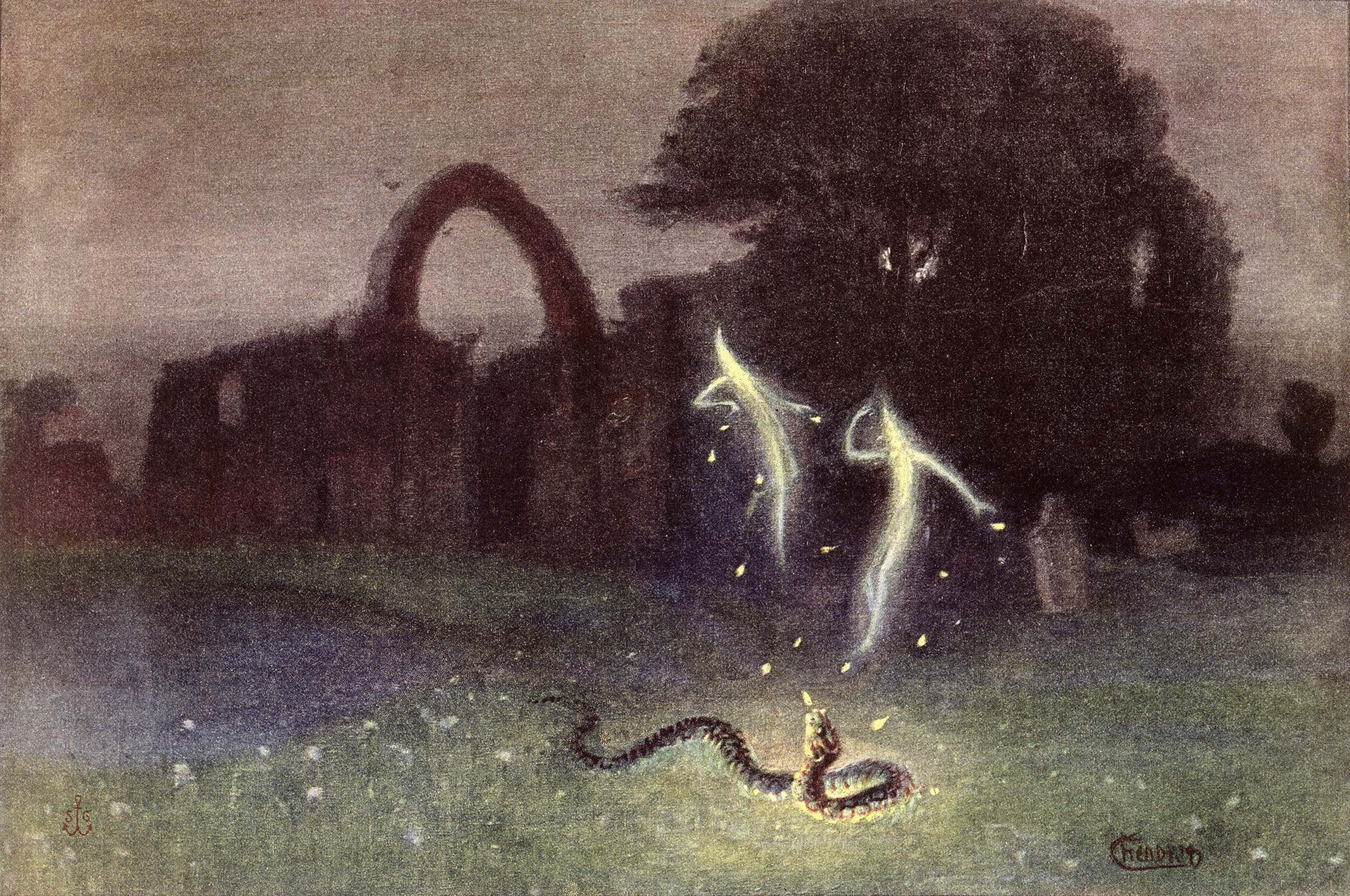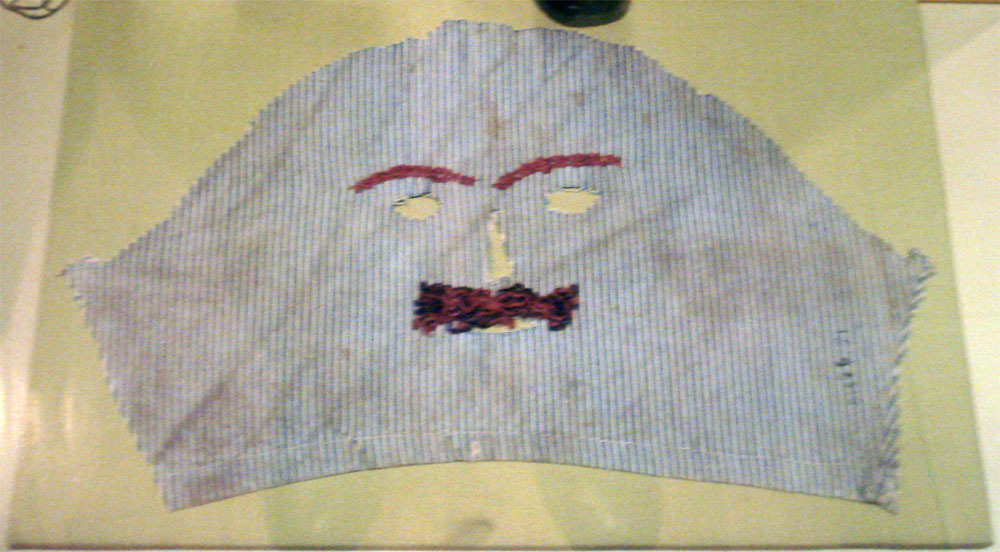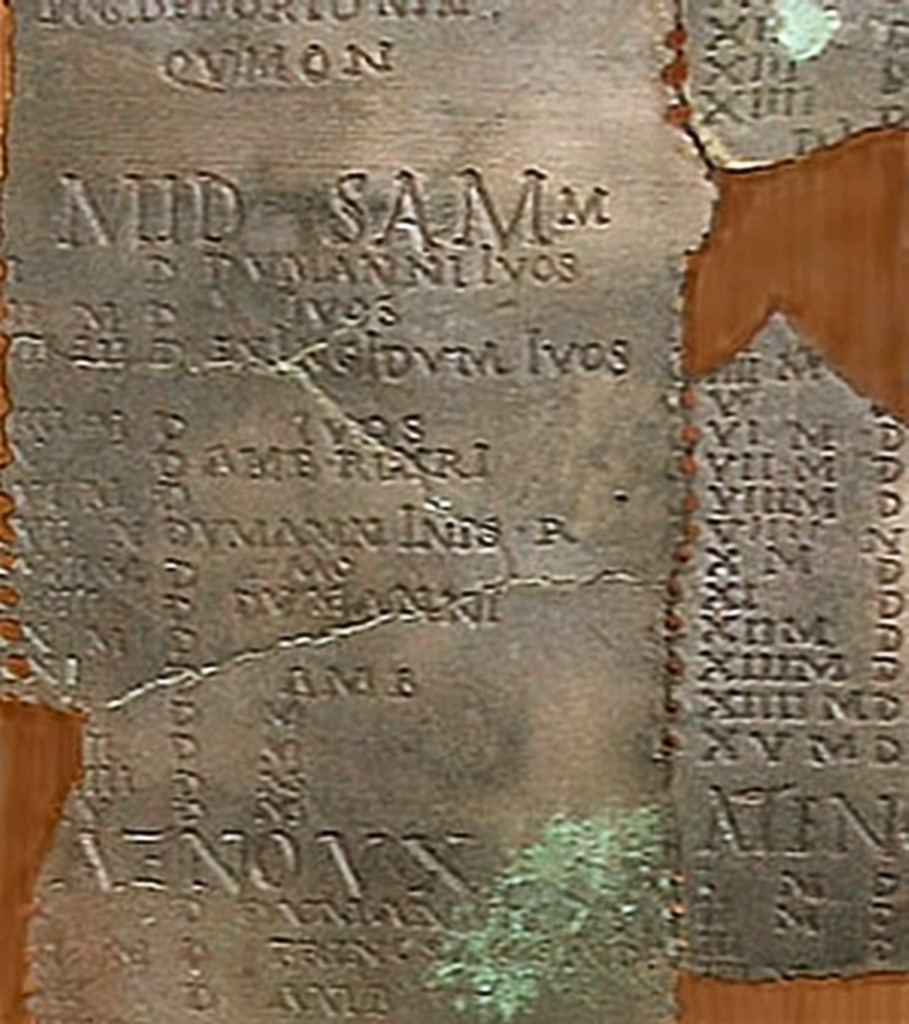|
Jack-o'-lantern
A jack-o'-lantern (or jack o'lantern) is a carved lantern, most commonly made from a pumpkin, or formerly a root vegetable such as a mangelwurzel, rutabaga or turnip. Jack-o'-lanterns are associated with the Halloween holiday. Its name comes from the phenomenon of strange lights flickering over peat bogs, called ''jack-o'-lanterns'' (also known as ''will-o'-the-wisps''). It is suggested that the name also has ties to the Irish legend of Stingy Jack, a drunkard who bargains with Satan and is doomed to roam the Earth with only a hollowed turnip to light his way. Jack-o'-lanterns carved from pumpkins are a yearly Halloween tradition that developed in the United States when Irish, Cornish, Scottish and other Celts (modern), Celtic influenced immigrants brought their root vegetable carving traditions with them. It is common to see jack-o'-lanterns used as external and interior decorations prior to and on Halloween. To make a jack-o'-lantern, the top of a pumpkin is cut off to for ... [...More Info...] [...Related Items...] OR: [Wikipedia] [Google] [Baidu] |
Will-o'-the-wisp
In folklore, a will-o'-the-wisp, will-o'-wisp, or ; ), is an atmospheric ghost light seen by travellers at night, especially over bogs, swamps or marshes. The phenomenon is known in the United Kingdom by a variety of names, including jack-o'-lantern, friar's lantern, and hinkypunk, and is said to mislead and/or guide travellers by resembling a flickering lamp or lantern. Equivalents of the will-o'-the-wisps appear in European folklore by various names, e.g., in Latin, in French, or in Germany. Equivalents occur in traditions of cultures worldwide (cf. ); e.g., the Naga fireballs on the Mekong in Thailand. In North America the phenomenon is known as the Paulding Light in Upper Peninsula of Michigan, the Spooklight in Southwestern Missouri and Northeastern Oklahoma, and St. Louis Light in Saskatchewan. In Arab folklore it is known as . In folklore, will-o'-the-wisps are typically attributed as ghosts, fairies or elemental spirits meant to reveal a path or direction. Thes ... [...More Info...] [...Related Items...] OR: [Wikipedia] [Google] [Baidu] |
Halloween
Halloween, or Hallowe'en (less commonly known as Allhalloween, All Hallows' Eve, or All Saints' Eve), is a celebration geography of Halloween, observed in many countries on 31 October, the eve of the Western Christianity, Western Christian feast of All Saints' Day, All Hallows' Day. It is at the beginning of the observance of Allhallowtide, the time in the Christian liturgical year dedicated to remembering the dead, including saints (hallows), Christian martyr, martyrs, and all the faithful departed. In popular culture, Halloween has become a celebration of Horror fiction, horror and is associated with the macabre and the supernatural. One theory holds that many Halloween traditions were influenced by Celts, Celtic harvest festivals, particularly the Gaels, Gaelic festival Samhain, which are believed to have Paganism, pagan roots. Some theories go further and suggest that Samhain may have been Christianization, Christianized as All Hallows' Day, along with its eve, by the Ear ... [...More Info...] [...Related Items...] OR: [Wikipedia] [Google] [Baidu] |
Rutabaga
Rutabaga (; North American English) or swede (British English and some Commonwealth English) is a root vegetable, a form of ''Brassica napus'' (which also includes rapeseed). Other names include Swedish turnip, neep (Scots language, Scots), and turnip (Scottish English, Scottish and Canadian English, Hiberno-English, Irish English, Cornish English and Manx English, as well as some dialects of English language in Northern England, English in Northern England and Australian English). However, elsewhere, the name ''turnip'' usually refers to the related white turnip. The species ''B. napus'' Triangle of U, originated as a hybrid between the cabbage (''B. oleracea'') and the turnip (''B. rapa''). Rutabaga roots are eaten as human food in various ways, and the leaves can be eaten as a leaf vegetable. The roots and tops are also used for livestock, Livestock feed, fed directly in the winter or Forage, foraged in the field during the other seasons. Scotland, Northern and Western Engl ... [...More Info...] [...Related Items...] OR: [Wikipedia] [Google] [Baidu] |
Samhain
Samhain ( , , , ) or () is a Gaels, Gaelic festival on 1 November marking the end of the harvest season and beginning of winter or the "Celtic calendar#Medieval Irish and Welsh calendars, darker half" of the year.Dáithí Ó hÓgáin, Ó hÓgáin, Dáithí. ''Myth Legend and Romance: An Encyclopaedia of the Irish Folk Tradition''. Prentice Hall Press, 1991. p. 402. Quote: "The basic Irish division of the year was into two parts, the summer half beginning at Bealtaine (May 1st) and the winter half at Samhain (November 1st) ... The festivals properly began at sunset on the day before the actual date, evincing the Celtic tendency to regard the night as preceding the day". It is also the Irish and Scottish Gaelic name for November. Celebrations begin on the evening of 31 October, since the Celtic calendar#Medieval Irish and Welsh calendars, Celtic day began and ended at sunset. This is about halfway between the September equinox, autumnal equinox and winter solstice. It is one of ... [...More Info...] [...Related Items...] OR: [Wikipedia] [Google] [Baidu] |
Stingy Jack
Stingy Jack O'Lantern, also known as Jack the Smith, Drunk Jack, Flaky Jack or Jack-o'-lantern, is a mythical character sometimes associated with All Hallows Eve while also acting as the mascot of the holiday. The "jack-o'-lantern" may be derived from the character. History An 1836 edition of the ''Dublin Penny Journal'' has Jack help an old man who is revealed to be an angel. To reward him, the angel grants Jack three wishes. He uses these to punish anyone who sits in his chair, takes wood from his tree, or tries to take his cobbling tools, by fixing them to the ground. The angel is disappointed by this and bars Jack from entering Heaven. Jack manages to deflect Satan's messengers who attempt to trick him, and he is condemned to roam the world neither Heaven or Hell. In 1851, Hercules Ellis presumably wrote and published "The Romance of Jack-o'-Lantern," a romantic poem, in poetry anthology ''The Rhyme Book''. The poem described Stingy Jack's encounters with an angel and with ... [...More Info...] [...Related Items...] OR: [Wikipedia] [Google] [Baidu] |
Apotropaic Magic
Apotropaic magic (From ) or protective magic is a type of magic intended to turn away harm or evil influences, as in deflecting misfortune or averting the evil eye. Apotropaic observances may also be practiced out of superstition or out of tradition, as in good luck charms (perhaps some token on a charm bracelet), amulets, or gestures such as crossed fingers or knocking on wood. Many different objects and charms were used for protection throughout history. Symbols and objects Ancient Egypt Apotropaic magical rituals were practiced throughout the ancient Near East and ancient Egypt. Fearsome deities were invoked via ritual in order to protect individuals by warding away evil spirits. In ancient Egypt, these household rituals (performed in the home, not in state-run temples) were embodied by the deity who personified magic itself, Heka. The two gods most frequently invoked in these rituals were the hippopotamus-formed fertility goddess, Taweret, and the lion-deity, ... [...More Info...] [...Related Items...] OR: [Wikipedia] [Google] [Baidu] |
Mangelwurzel
Mangelwurzel or mangold wurzel (from German ''Mangel/Mangold'', "chard" and ''Wurzel'', "root"), also called mangold,Wright, Clifford A. (2001) ''Mediterranean Vegetables: a cook's ABC of vegetables and their preparation in Spain, France, Italy, Greece, Turkey, the Middle East, and north Africa with more than 200 authentic recipes for the home cook'' Boston, Massachusetts: Harvard Common Presspage 52 mangel beet, field beet, fodder beet and (archaic) root of scarcity, is a cultivated root vegetable. It is a variety of ''Beta vulgaris'', the same species that also contains the red beet (beetroot) and sugar beet varieties. The cultivar group is named Crassa Group. Their large white, yellow or orange-yellow swollen roots were developed in the 18th century as a fodder crop for feeding livestock. Uses Contemporary use is primarily for cattle, pig and other stock fodder, although it can be eaten—especially when young—by humans. Considered a crop for cool-temperate climates, th ... [...More Info...] [...Related Items...] OR: [Wikipedia] [Google] [Baidu] |
Wales
Wales ( ) is a Countries of the United Kingdom, country that is part of the United Kingdom. It is bordered by the Irish Sea to the north and west, England to the England–Wales border, east, the Bristol Channel to the south, and the Celtic Sea to the south-west. , it had a population of 3.2 million. It has a total area of and over of Coastline of Wales, coastline. It is largely mountainous with its higher peaks in the north and central areas, including Snowdon (), its highest summit. The country lies within the Temperate climate, north temperate zone and has a changeable, Oceanic climate, maritime climate. Its capital and largest city is Cardiff. A distinct Culture of Wales, Welsh culture emerged among the Celtic Britons after the End of Roman rule in Britain, Roman withdrawal from Britain in the 5th century, and Wales was briefly united under Gruffudd ap Llywelyn in 1055. After over 200 years of war, the Conquest of Wales by Edward I, conquest of Wales by King Edward I o ... [...More Info...] [...Related Items...] OR: [Wikipedia] [Google] [Baidu] |
Goidelic Languages
The Goidelic ( ) or Gaelic languages (; ; ) form one of the two groups of Insular Celtic languages, the other being the Brittonic languages. Goidelic languages historically formed a dialect continuum stretching from Ireland through the Isle of Man to Scotland. There are three modern Goidelic languages: Irish ('), Scottish Gaelic ('), and Manx ('). Manx died out as a first language in the 20th century but has since been revived to some degree. Nomenclature ''Gaelic'', by itself, is sometimes used to refer to Scottish Gaelic, especially in Scotland, and therefore is ambiguous. Irish and Manx are sometimes referred to as Irish Gaelic and Manx Gaelic (as they are Goidelic or Gaelic languages), but the use of the word ''Gaelic'' is unnecessary because the terms Irish and Manx, when used to denote languages, always refer to those languages. This is in contrast to Scottish Gaelic, for which "Gaelic" distinguishes the language from the Germanic language known as Scots. In Englis ... [...More Info...] [...Related Items...] OR: [Wikipedia] [Google] [Baidu] |
Aos Sí
' (; English approximation: ; older form: ) is the Irish name for a supernatural race in Gaelic folklore, similar to elves. They are said to descend from the Tuatha Dé Danann or the gods of Irish mythology. The name ''aos sí'' means "folk of the ''sí''"; these are the burial mounds in which they are said to dwell, which are seen as portals to an Otherworld. Such abodes are referred to in English as 'shee', 'fairy mounds', 'elf mounds' or 'hollow hills'. The ''aos sí'' interact with humans and the human world. They are variously said to be the ancestors, the spirits of nature, or goddesses and gods. Evans Wentz, W. Y. (1966, 1990The Fairy-Faith in Celtic Countries Gerrards Cross, Colin Smythe Humanities Press In modern Irish, they are also called ''daoine sí''; in Scottish Gaelic ''daoine sìth'' ('folk of the fairy mounds'). Etymology In the Irish language, ''aos sí'', earlier ''aes sídhe'', means "folk of the fairy mounds". In Old Irish, it was ''áes síde'' ... [...More Info...] [...Related Items...] OR: [Wikipedia] [Google] [Baidu] |
Traditional Irish Halloween Jack-o'-lantern
A tradition is a system of beliefs or behaviors (folk custom) passed down within a group of people or society with symbolic meaning or special significance with origins in the past. A component of cultural expressions and folklore, common examples include holidays or impractical but socially meaningful clothes (like lawyers' wigs or military officers' spurs), but the idea has also been applied to social norms and behaviors such as greetings, etc. Traditions can persist and evolve for thousands of years— the word ''tradition'' itself derives from the Latin word ''tradere'' literally meaning to transmit, to hand over, to give for safekeeping. While it is reportedly assumed that traditions have an ancient history, many traditions have been invented on purpose, whether it be political or cultural, over short periods of time. Various academic disciplines also use the word in a variety of ways. The phrase "according to tradition" or "by tradition" usually means that what follows i ... [...More Info...] [...Related Items...] OR: [Wikipedia] [Google] [Baidu] |









